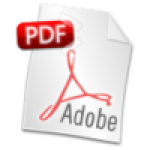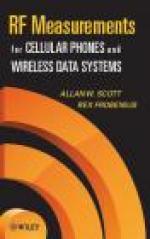Phase noise is the spreading of noise energy about a CW or single frequency signal. It is caused by minor fluctuations in phase of the CW signal. These in turn are caused by factors including noise on the control line of a voltage controlled oscillator, for example.
See also: Wikipedia article
www.rfmentor.com
Tools and training to help your RF/Wireless career
Menu
Main menu
Quick Links
User menu
User login
Popular content
- Embrace Circuit Nonlinearity to get Transmitter 'Linearity' and Energy Efficiency
- New Papers from Waleed Khalil
- Four Steps for Making Better Power Measurements
- Everything RF
- List of Free Books on DSP Topics
- OFDM Tutorial Applet
- Complex to Real Website
- Maxwell's Equations
- The Essential Guide to Digital Signal Processing
- Practical RF Circuit Design for Modern Wireless Systems Volume I



